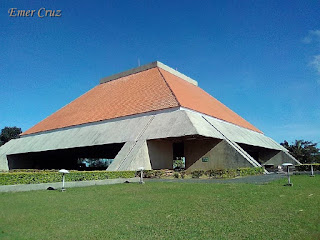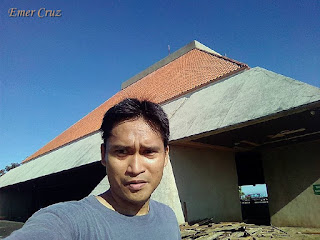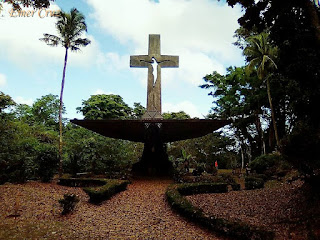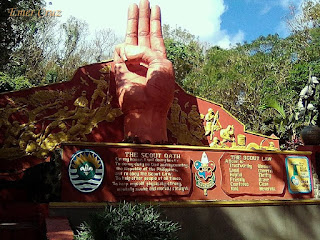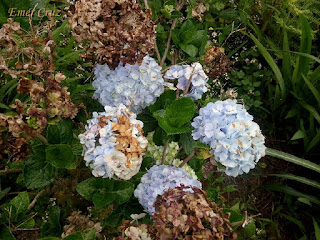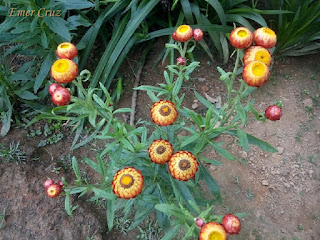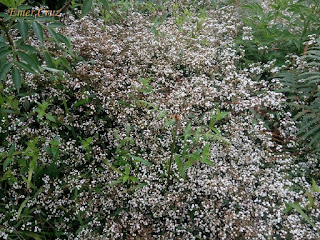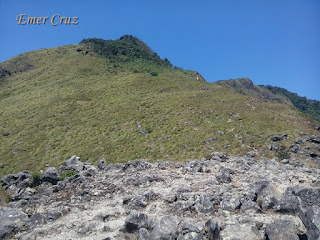One of the most popular hiking destination in the Cordilleras, Mt. Ugo stands at altitude of 7054 ft. above sea level. The traverse trail starts from Kayapa, Nueva Viscaya has a total of 3420 ft. altitude gain that leads all the way to the summit.
Mt. Ugo has a rich history which dates back during Spanish era. According to the locals, the word “Ugo” was derived from "Ibaloi" word which means "to cut the neck/behead" someone, it also akin to the word "Pugot" (behead). Native people who used to lived in the mountains defend their lands from Spanish and American invaders that were made captives and eventually beheaded.
In 1987 an airplane crashed into one of Mt. Ugo's slope that instantly killed 50 people onboard the plane. The infamous incident paved the way for the site's exploration that created established trails to the summit. Since then, many mountaineers were attracted to explore the traverse trail which crosses two provinces, namely: Nueva Viscaya and Benguet.
The trail was an assault of different levels, all were manageable but it wasn't easy at all. We started our trek through a plight of stairs making it exhausting to the legs, it was a full assault until reaching the first village. From there on, the trail was a established pathway with minimal ascent. Myriads of pine trees are present all throughout the 32 km. trail, the different Flaura and Faunas that thrives only on cold weather makes Mt. Ugo's trail truly remarkable. As we continue our hike we passed by a several areas of Mossy forest which also includes the one before the summit.
The final leg of the trail to the summit has no trees to cover from the sun. The trail was steep comprising of full assault and some portions has loose soil/rocks. It was a good thing that the cool breeze of Benguet compensates the scorching heat of the trail making it relaxing and soothing for hikers. Upon reaching the summit one will be rewarded with a picturesque 360 degree view of the surrounding landscape which includes Cordillera mountains Mt. Pulag, Mt. Singakalsa, Mt. Tabayoc, Mt. Napalauan, Mt. Sto. Tomas and even Baguio City. Several wild berries can be seen at the summit and a marker can also be found stating the total elevation of Mt. Ugo.
From the summit, one has to descent through a very steep pine forest to complete the traverse trail to Itogon, Benguet. And the final leg of the descent, one will passed the hanging bridge which commenced the end of the trail.
There are several water stations (two water stations on the ascent and two on the descent) and stores (three stores on the ascent and ne on the descent) that can be found along the trail.
We were able to complete the 32 km. day hike traverse in less than 12 hours (with rests included).
 |
| Charlie, Alvin, JC, Emer, Ian & Fatima |
 |
| The summit view |
 |
| Kayapa, Nueva Viscaya |
 |
| Mountain Goats |
Flora and Fauna along the trails
 |
| Mini Mossy Forest |
How to Get There:
1. Ride a bus bound for (Aritao) Bambang, Nueva Viscaya
2. Rent a chartered jeep bound for Kayapa, Nueva Viscaya
3. Register and secure a guide.
To Baguio:
1. Once you passed the Itogon bridge, it commenced the end of the trek.
2. You can ride a chartered jeep to take you to the Brgy Hall.
3. Proceed to Baguio via a chartered jeep
***I joined an event organized by Diwata RR Tours
***I recommend Kuya Rizal Langad as a guide.
